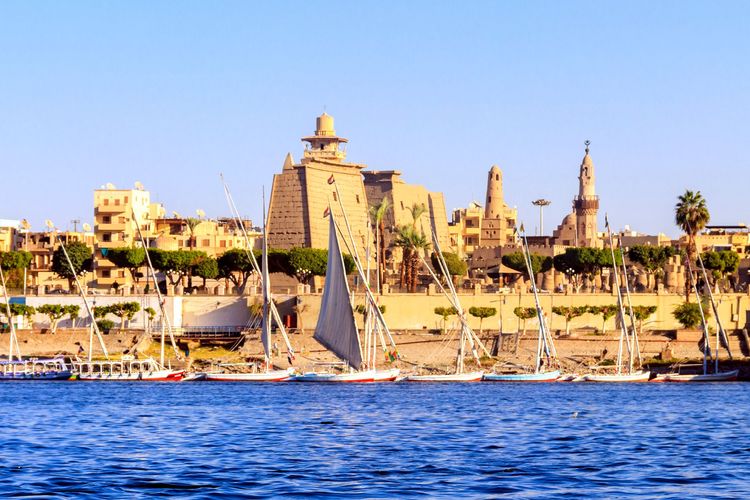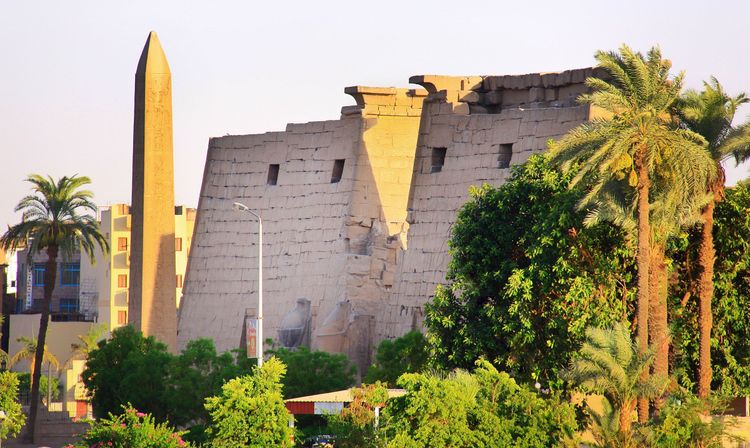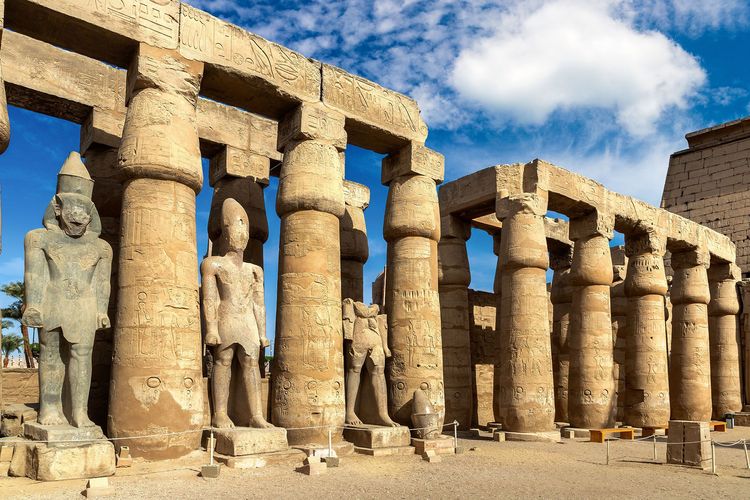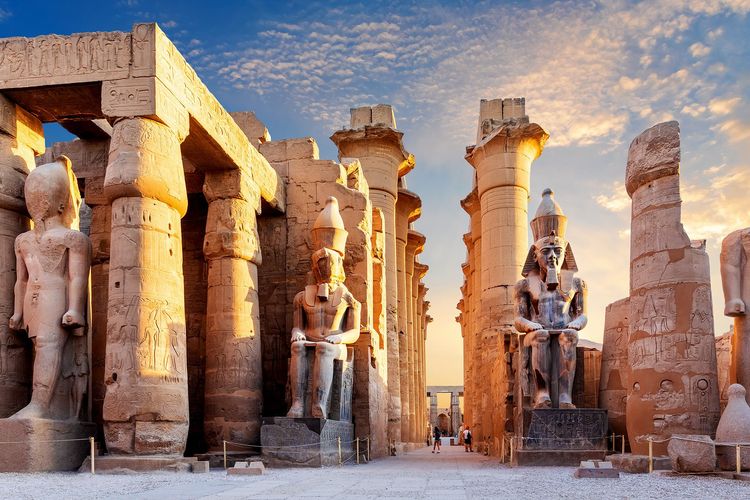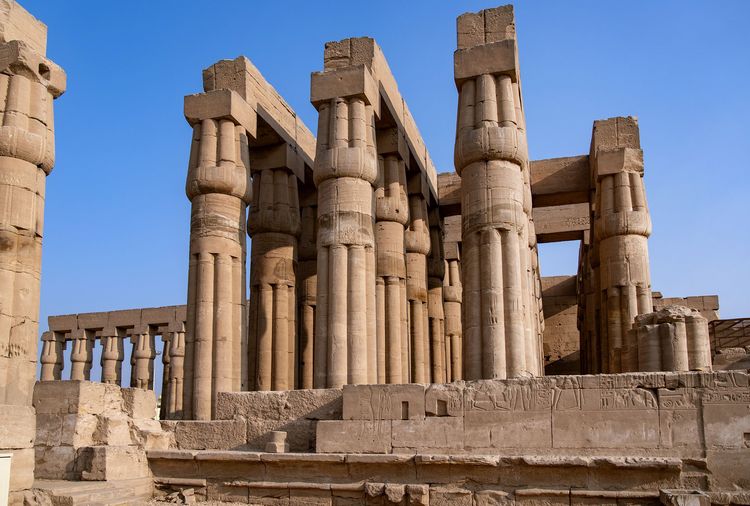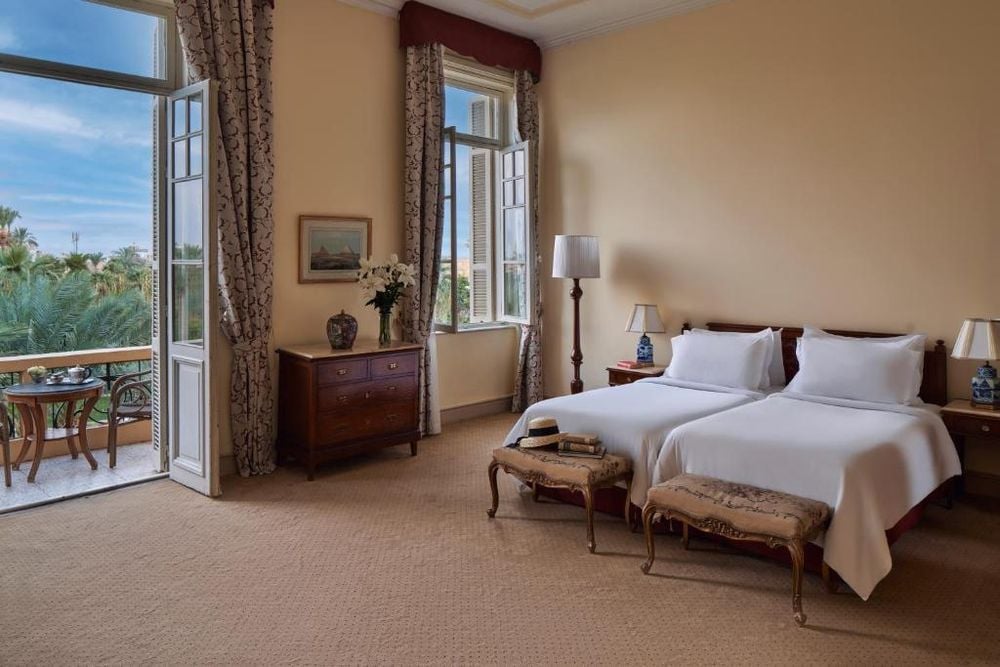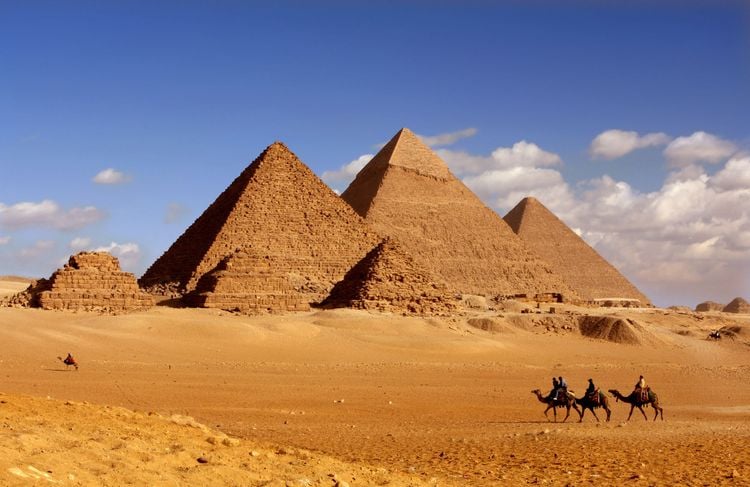Built at the request of the pharaoh Amenhotep III, the temple evolved under the reigns of Tutankhamen and especially Ramses II, who added a courtyard. He also made other modifications and additions. Later, during the reign of the Nubian pharaohs, the site underwent new and far-reaching transformations, right up to the time of the two Nectanebo pharaohs (30th dynasty), the last Egyptian pharaohs, who were great temple rebuilders. Even Alexander the Great made his mark. Even the Muslims, who built a mosque on the site above a Roman church.
Once you arrive at the site, the temple stands out on the banks of the Nile.
